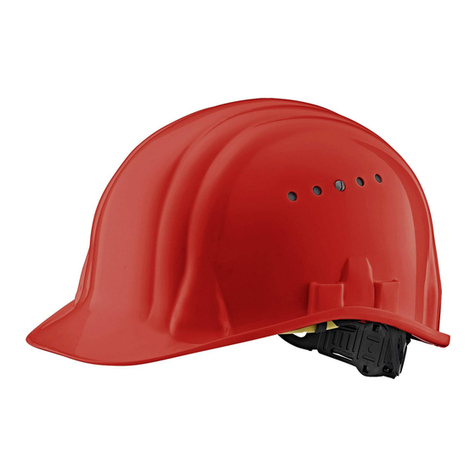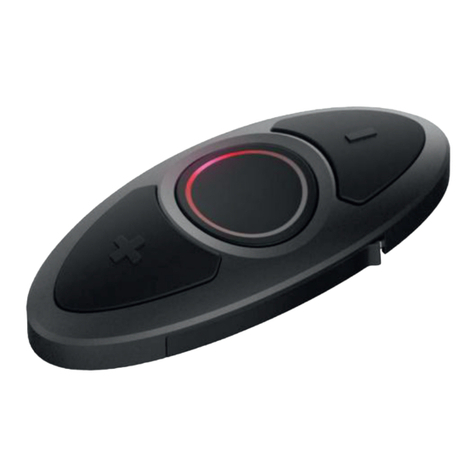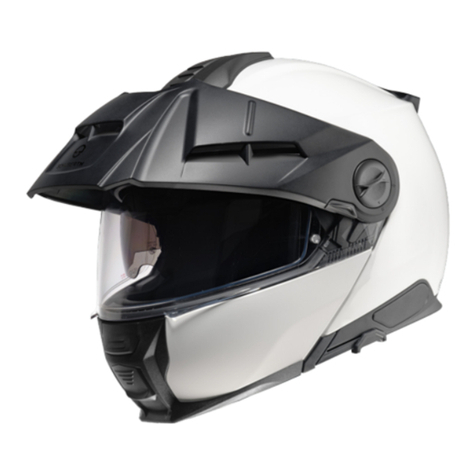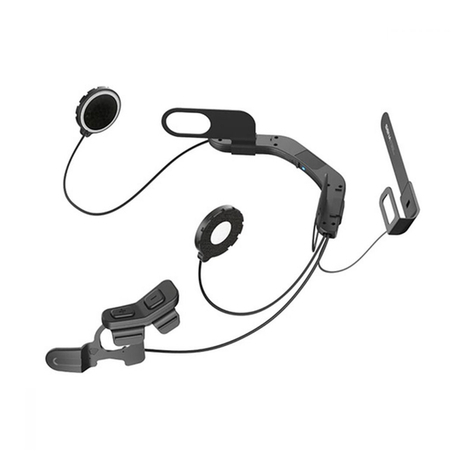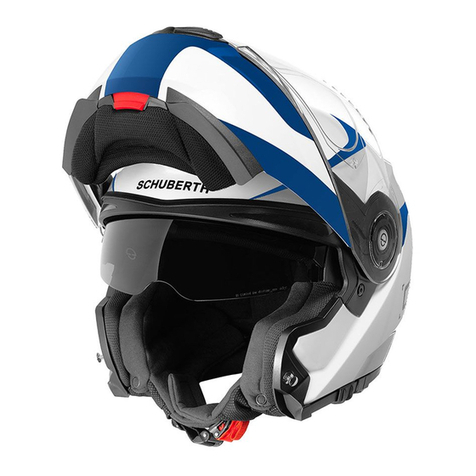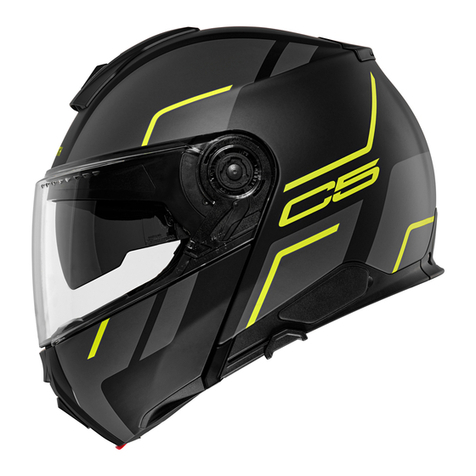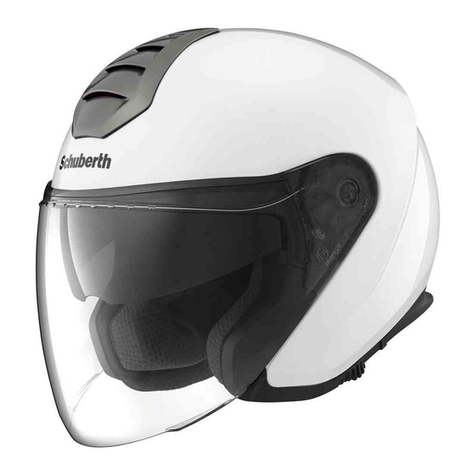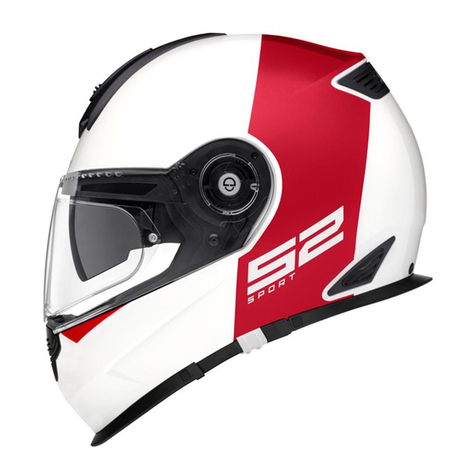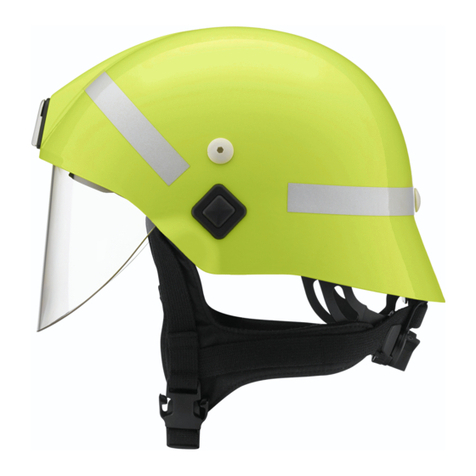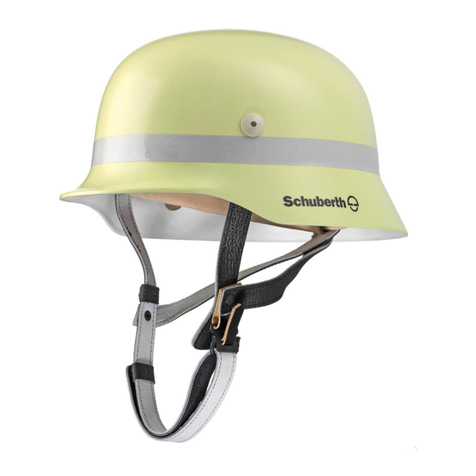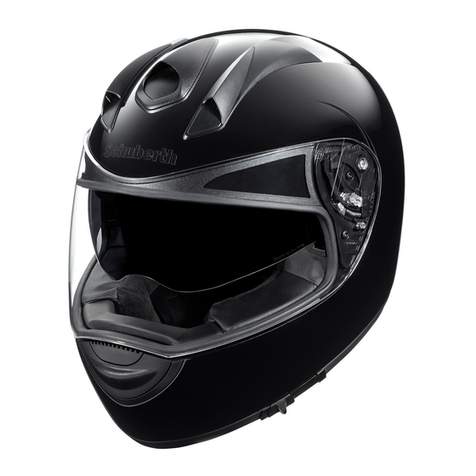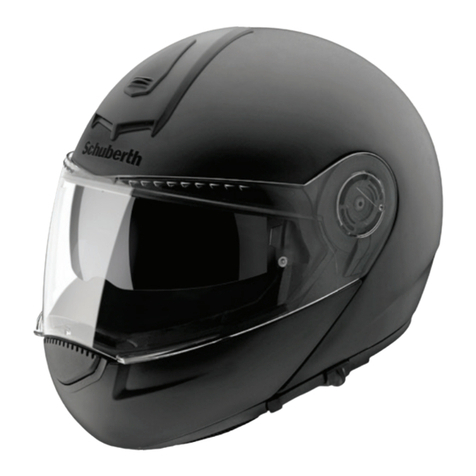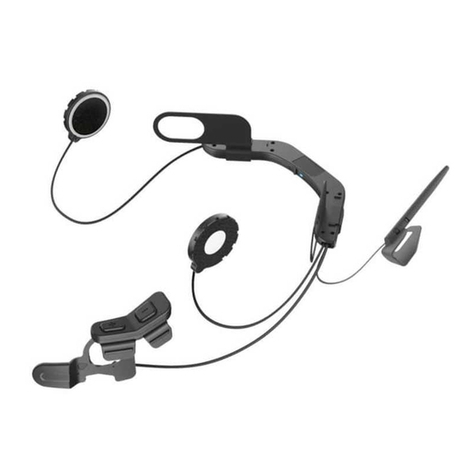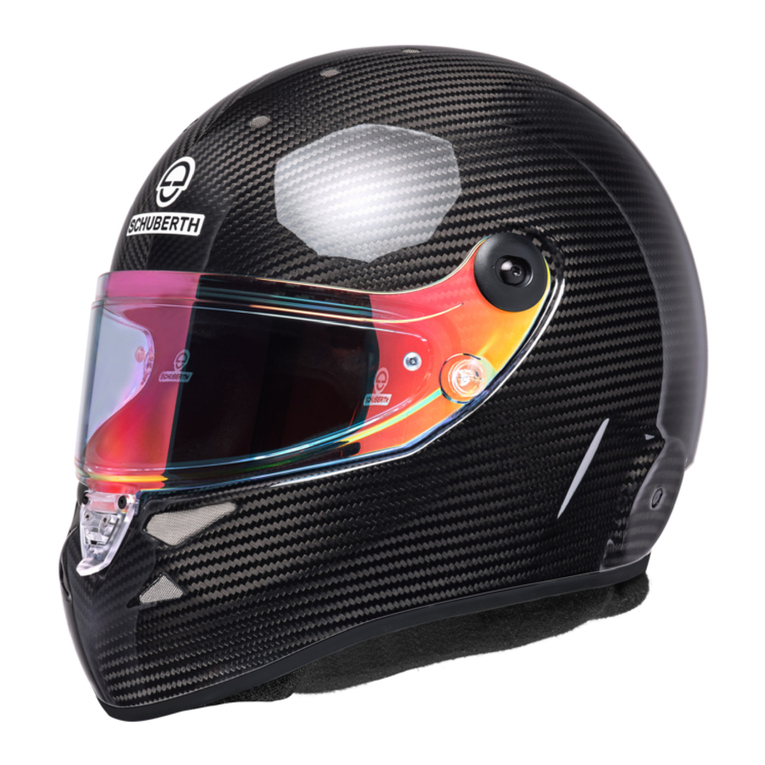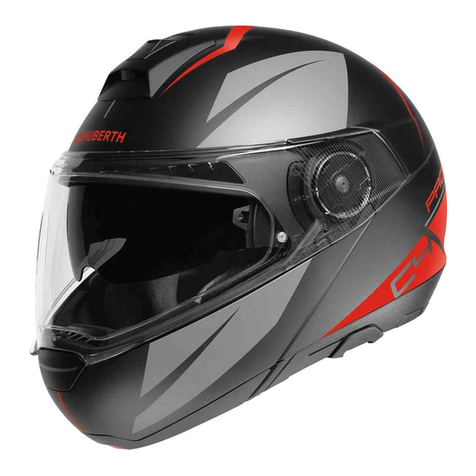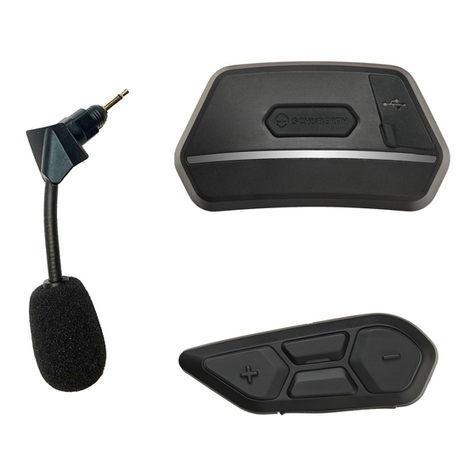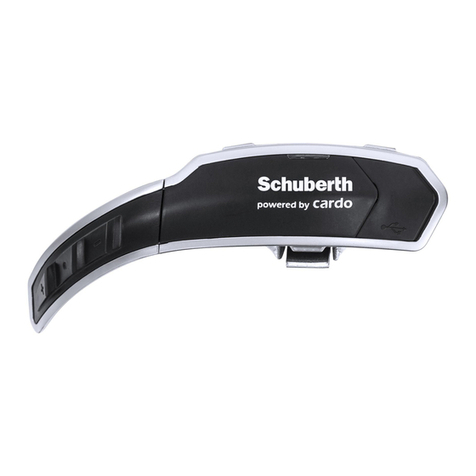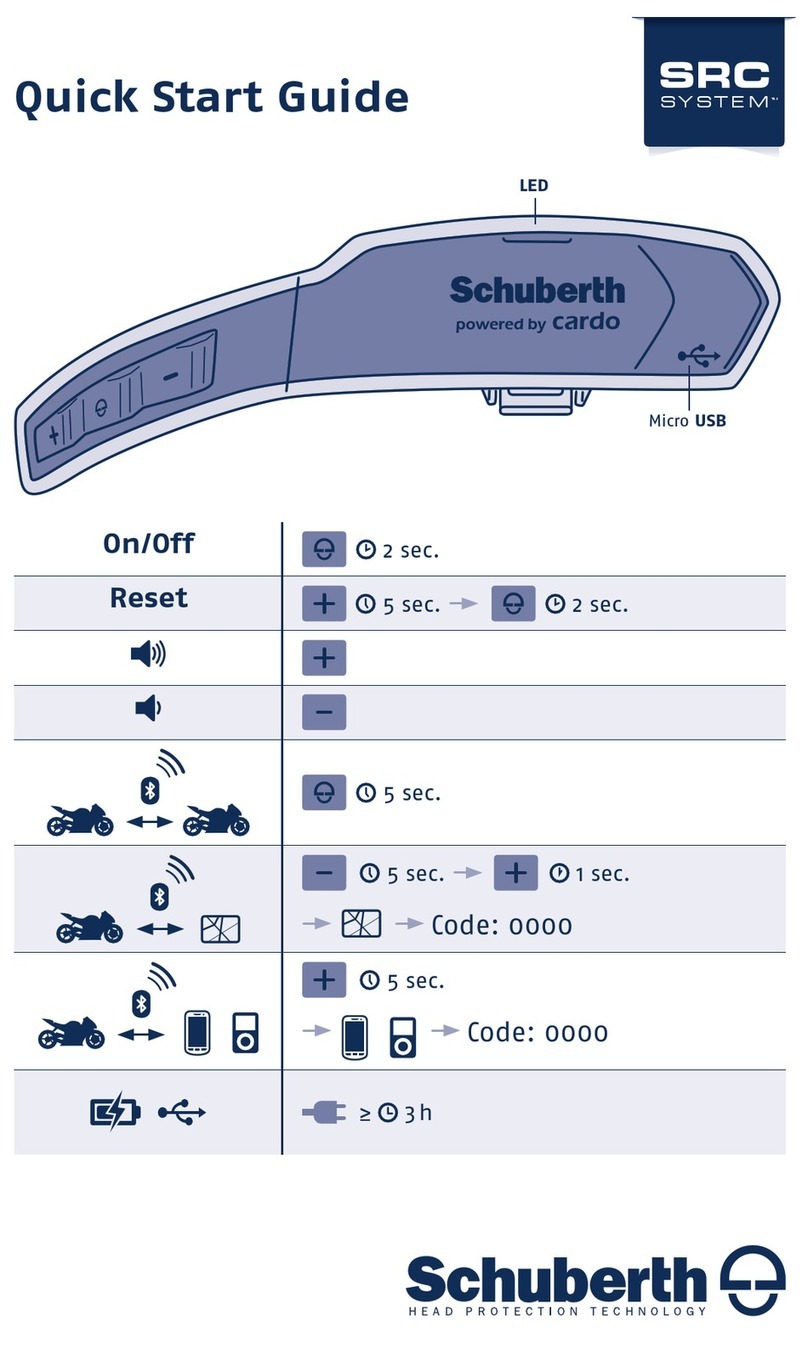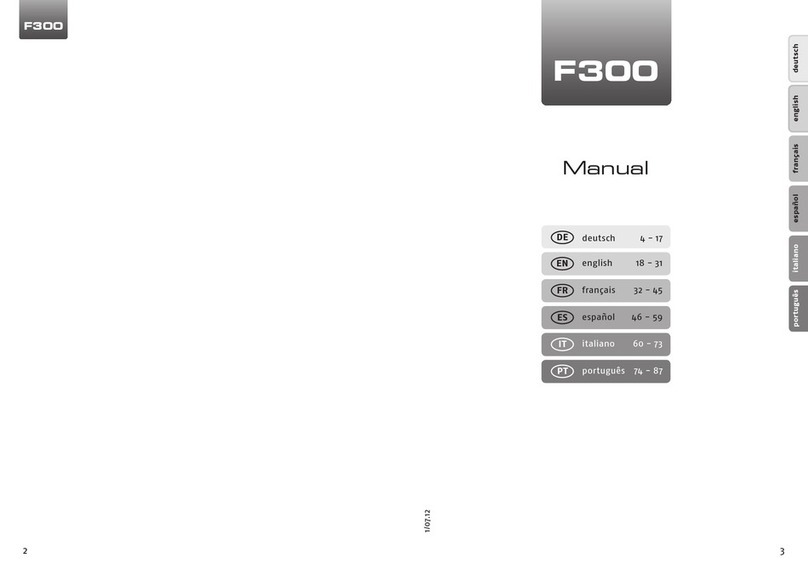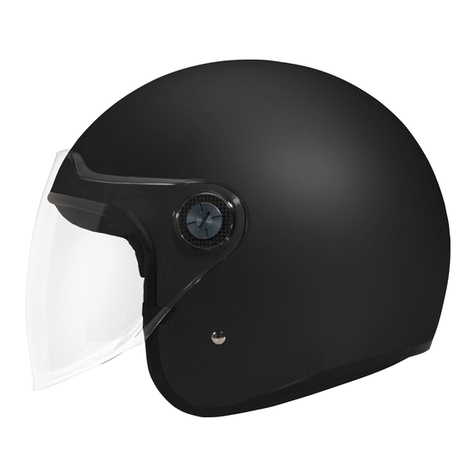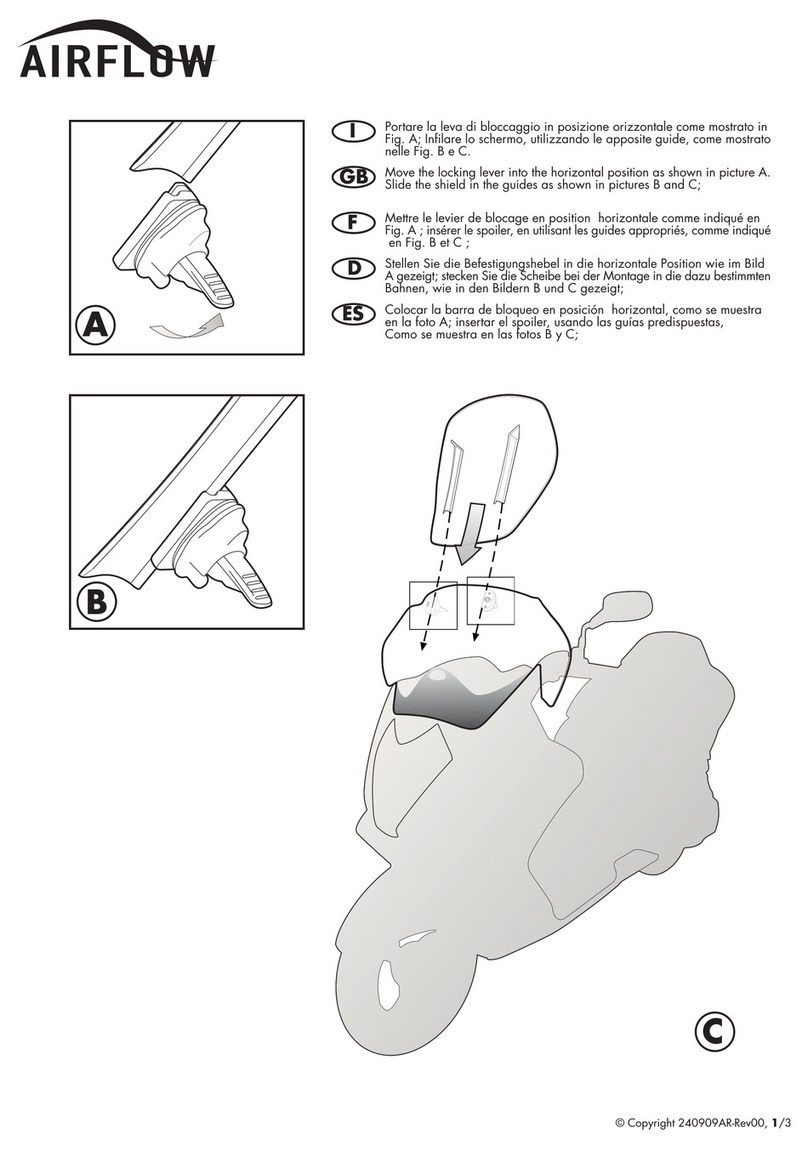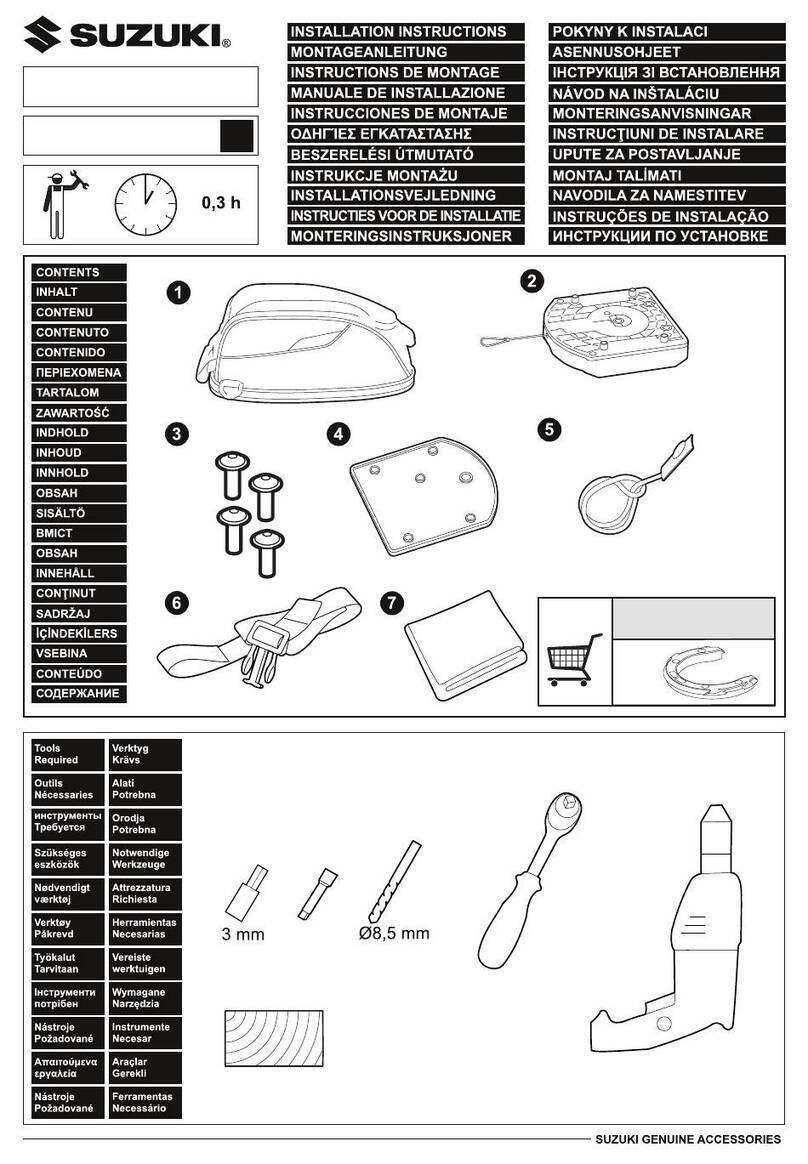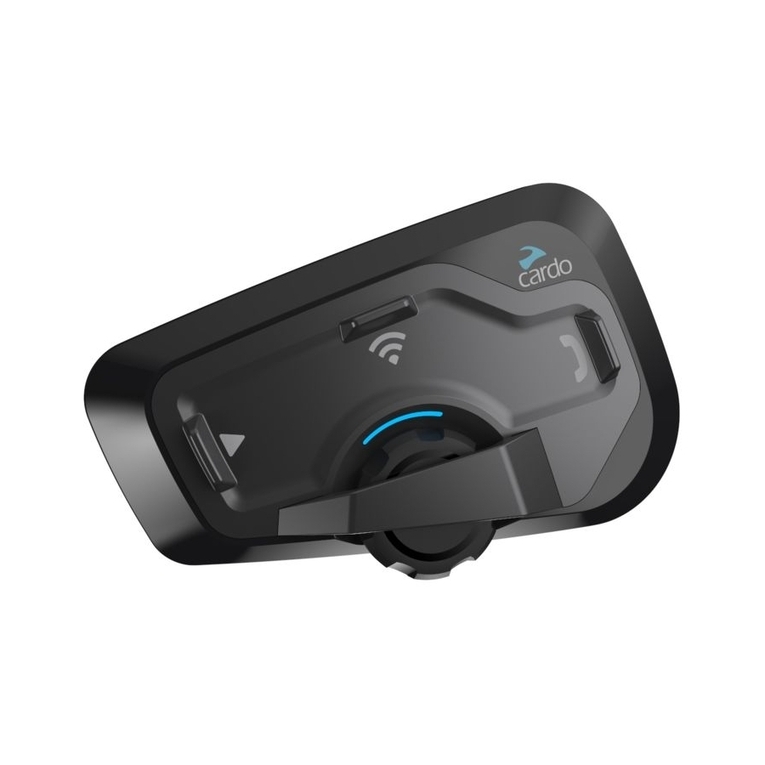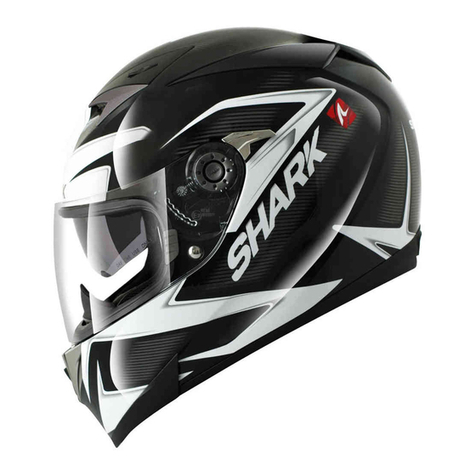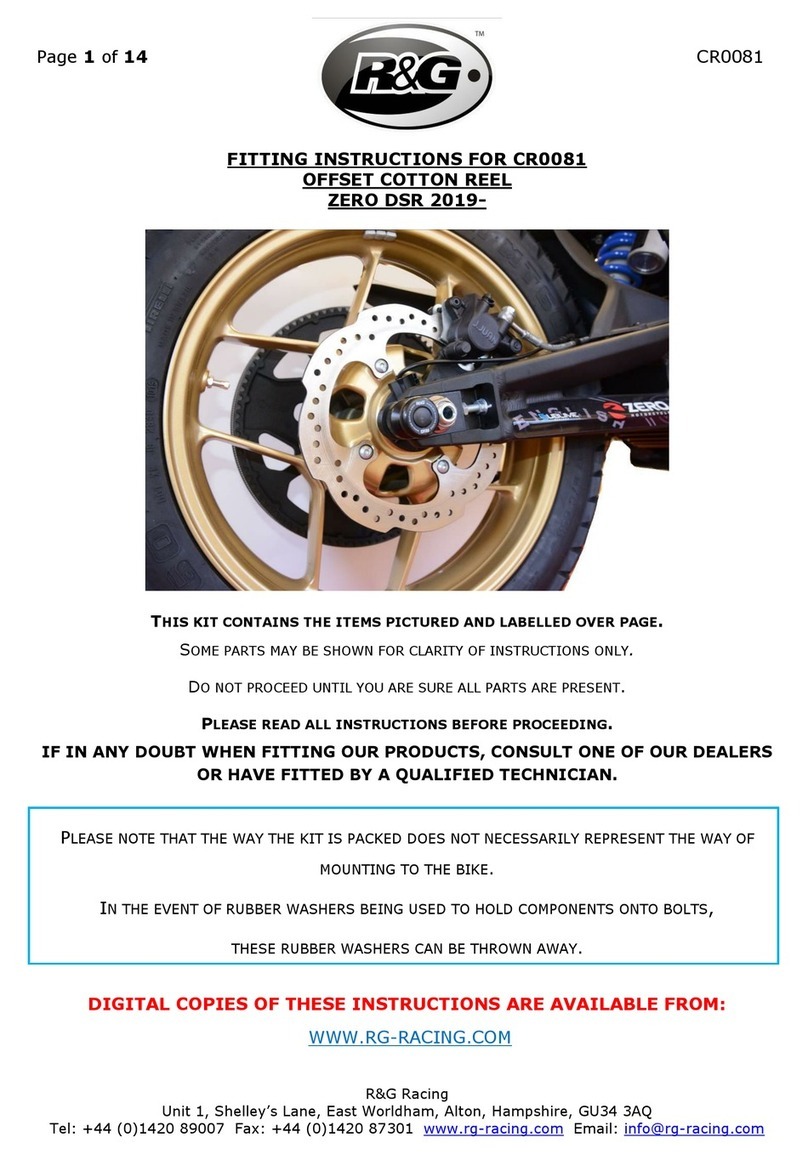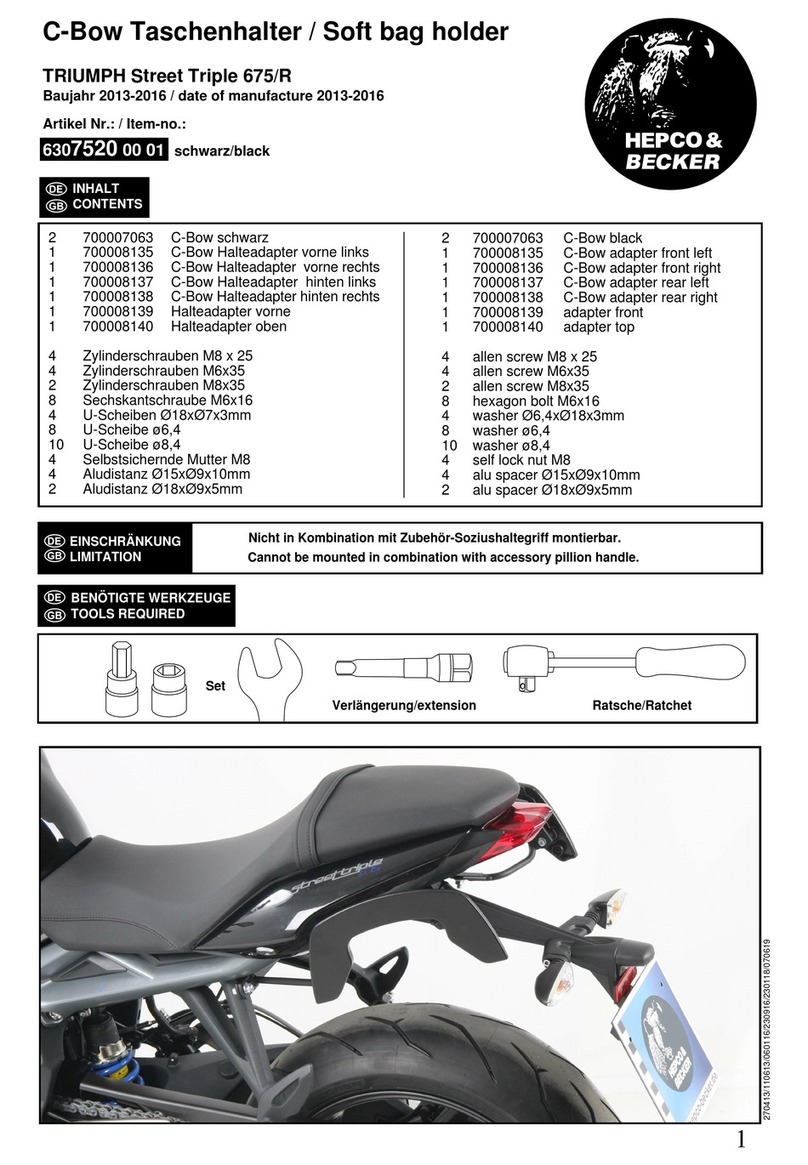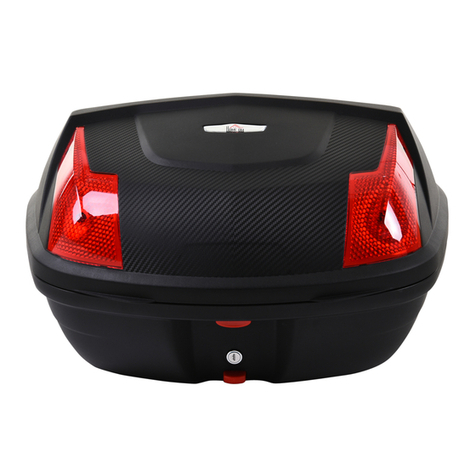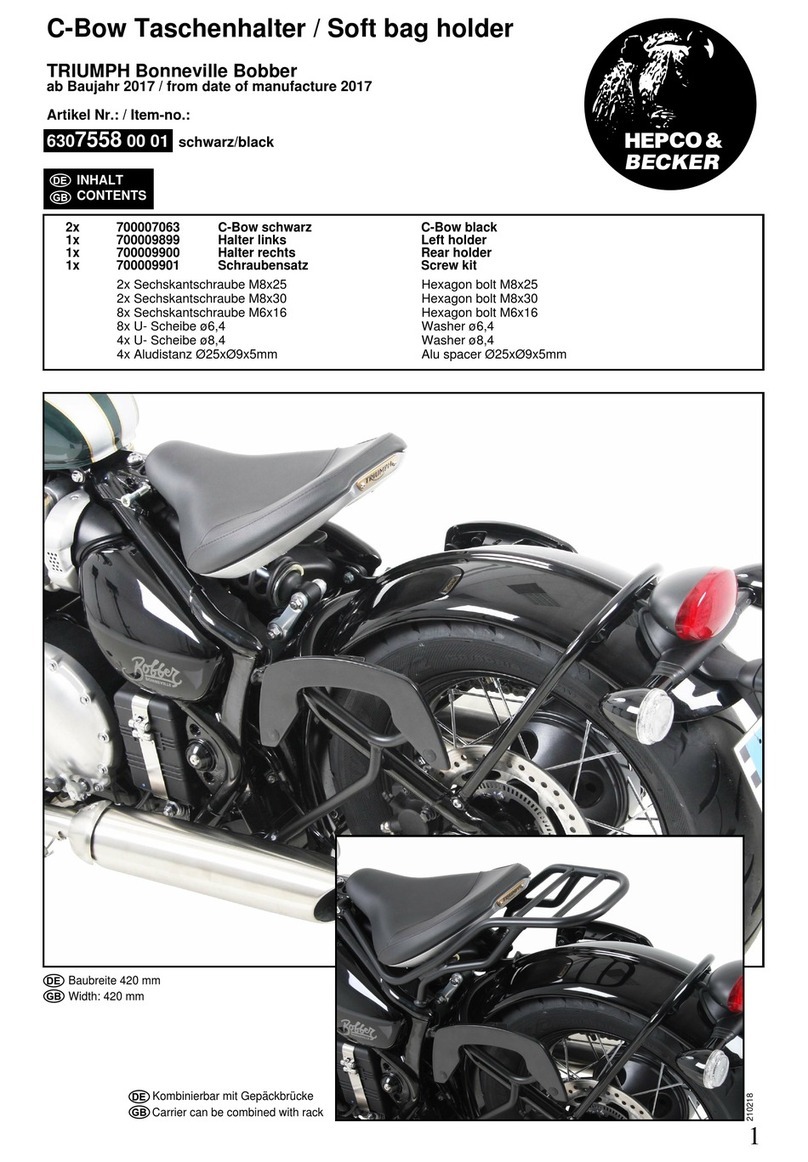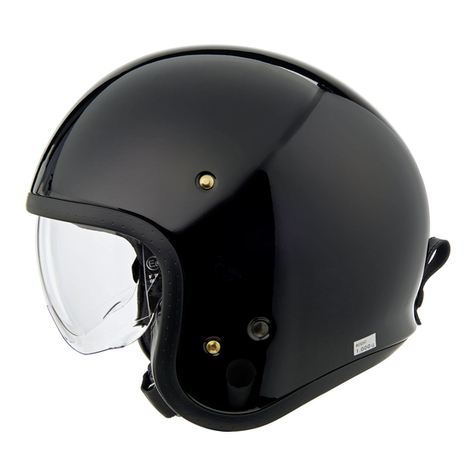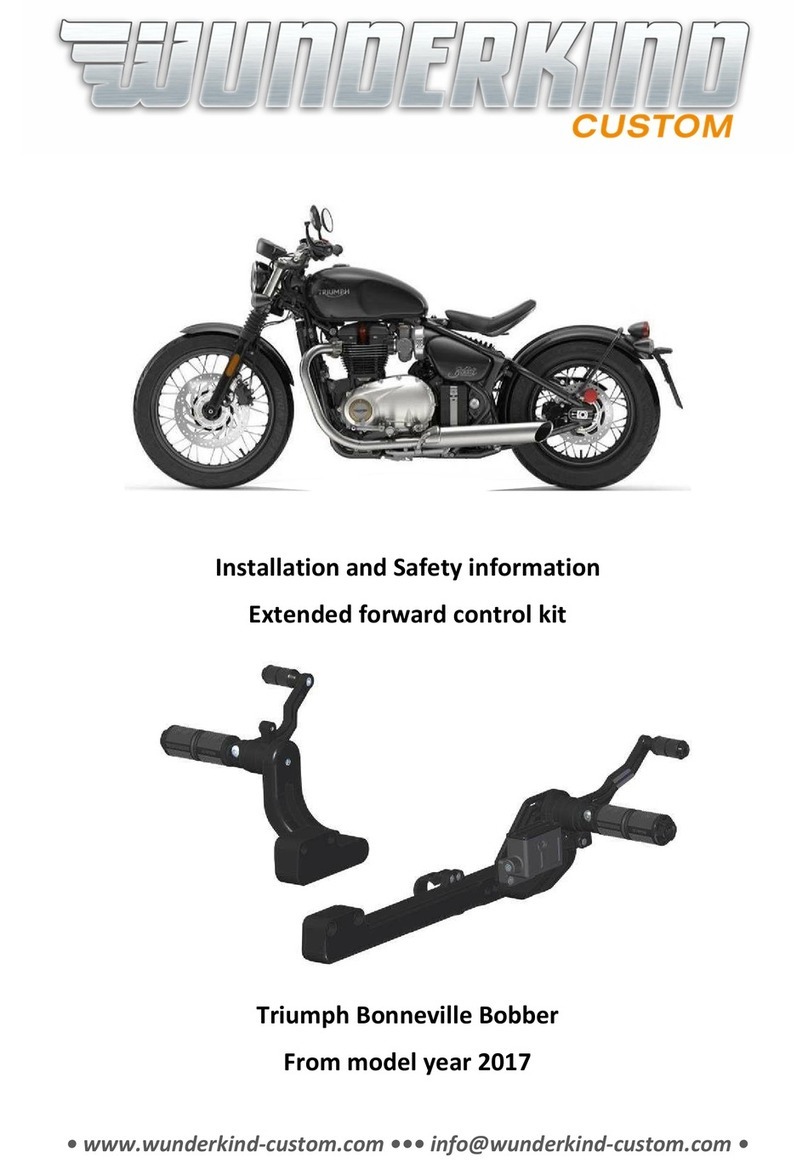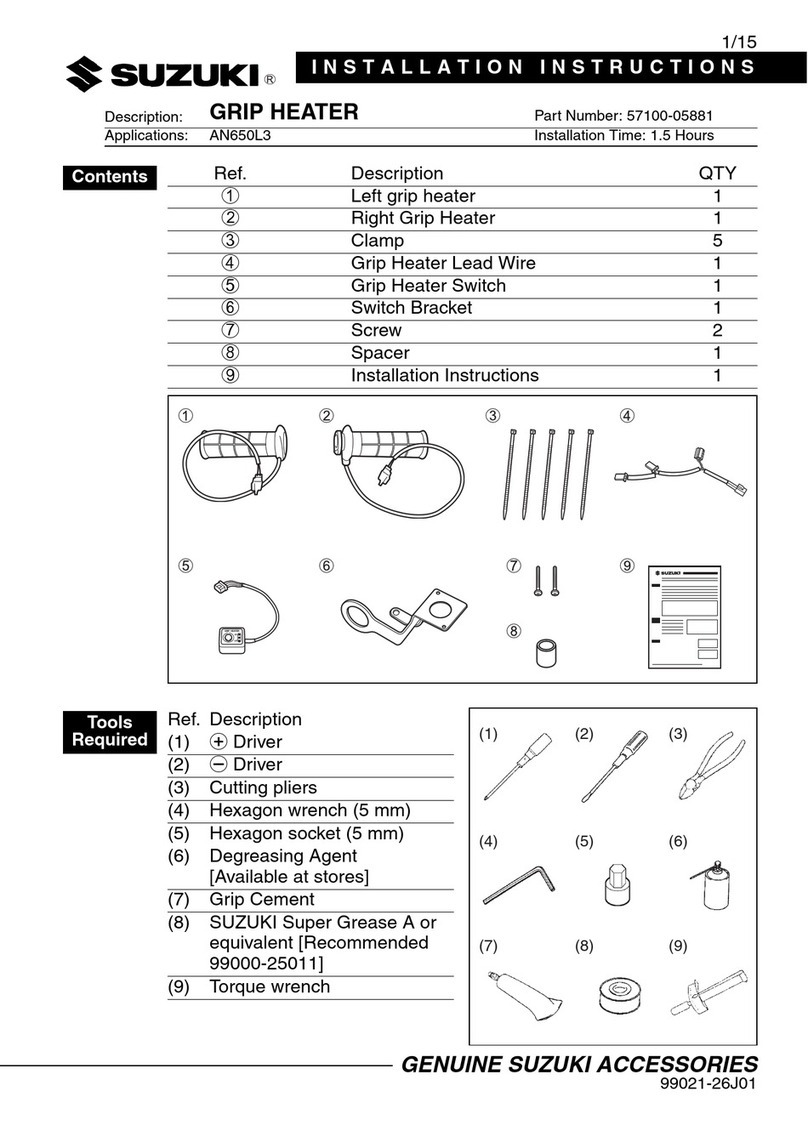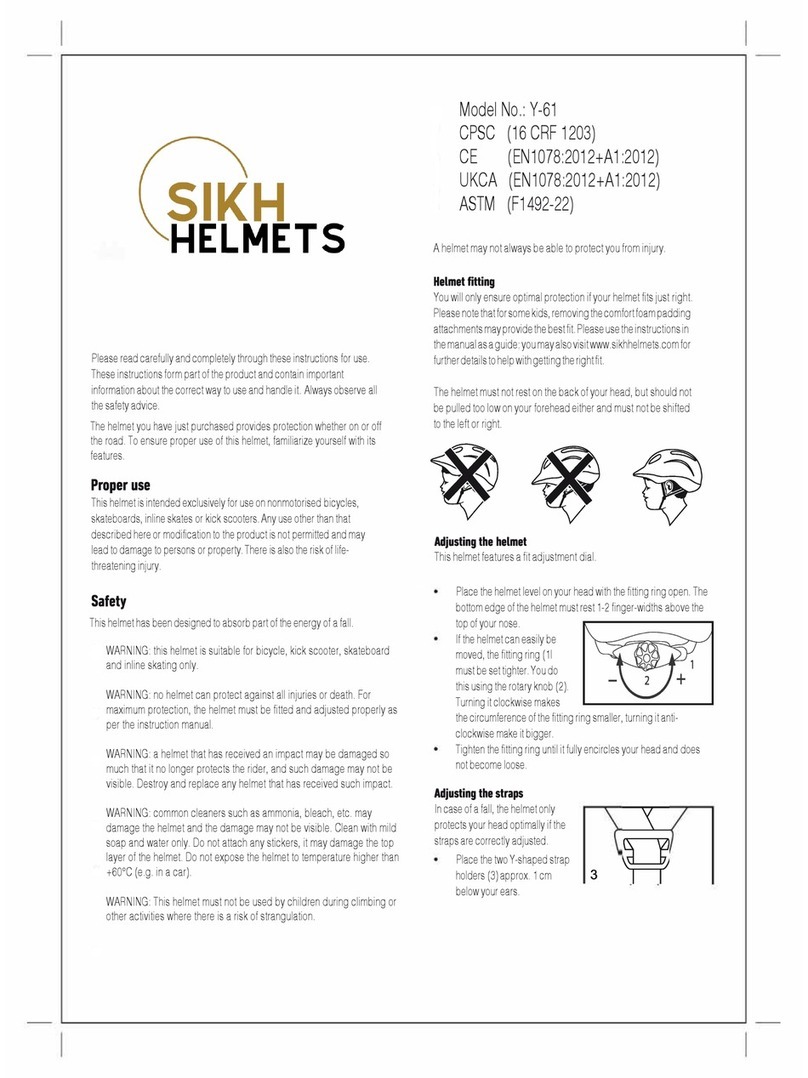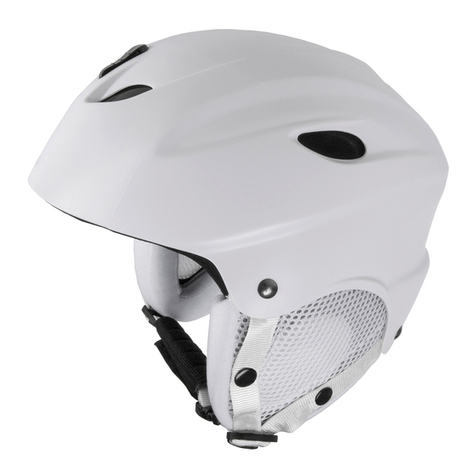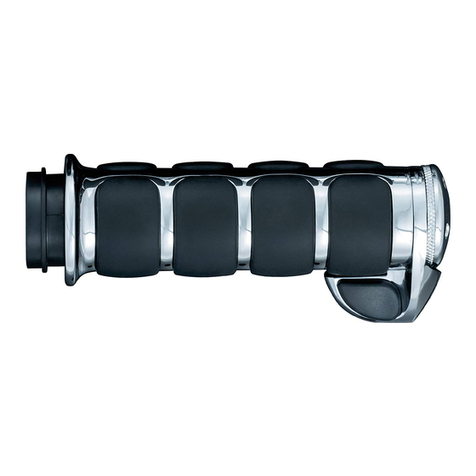
1918
english
F130
Service life – firefighter‘s helmet
The length of the service life of this helmet is influenced by the material(s)
used in its construction, as well as by the environment in which the helmet
is used and stored (according to EN 443:2008). This firefighter‘s helmet with
painted shell, which is made of modified high temperature-resistant
thermoset material (high temp fibre) has excellent resistance to ageing and
undergoes no change when it is exposed to direct sunlight (UV radiation).
The service life of these helmets is limited mainly by mechanical, thermal,
weather-related and chemical impacts. Care, regular maintenance and the
type of use also play a role.
Thermoset materials (such as the high temp fibre used) are generally
considered to be highly resistant to these stresses. Their resistance to
weather-related, chemical and thermal stresses is clearly far greater than
that of thermoplastic materials.
Attention: SCHUBERTH fire helmets have no mandatory service life or
expiry/discard date, since the maximum service life depends on the
above-mentioned effects.
Attention: To maximise the service life of the helmet, it is essential to
observe the notes outlined in the instruction sheet. In particular, this
contains notes for regular checks of the helmet’s serviceability, and
guidelines for its cleaning, care, maintenance and repair. Defective or
worn helmet components are to be replaced with new original parts.
Serviceability check
Please check the shell, internal features, chinstrap and accessories at regular
intervals and according to use (systematically after firefighting, rescue and
recovery operations):
• Anyhelmetthathasbeendamagedbyexcessiveimpactsmustnotbeused.
It must be replaced and made unusable.
• Thehelmetisdesignedtoabsorbtheeffectofonlyoneimpact.Theenergy
from any impact on the helmet is absorbed – similar to the crumple zone of
a car – by total or partial destruction of the helmet shell or the inner liner.
The helmet should be replaced after an impact or if subjected to any other
impact force.
• Itisalsopossibleforthematerialstructureofthehelmettobedamaged
but the damage not to be visible (after a minor collision or impact). You
can check this by performing a thumb pressure test on the shell: If the shell
can be pressed in with the thumb at the affected point or at any other
point (so-called indicator function), the helmet must be replaced and made
unusable, since the shell structure has undergone a change in resistance.
• Thepaintedsurfaceofthehelmetmustbecheckedfordamage,since
the self-extinguishing special lacquer structure is an important thermal
performance factor, and damage to the lacquer may reduce the service life
of the helmet. Small scratches on the surface do not reduce the protective
function of the helmet.
• Ifthereisdamagetothehelmetthathasbeencausedbyhighthermal
impacts or direct contact with chemicals (these can sometimes be identified
by colour changes or damage to the shell lacquer), the helmet must not be
used.
Attention: In principle the helmet must no longer be used after an
impact, severe blow, or any other force effects. This applies even if there
is no visible external damage.
Attention: Because the shock-absorbing parts of the interior are exposed
to nonvisible forces, we recommend that the helmet is preventively
replaced after 15 years.
Warranty
SCHUBERTH provides a warranty for the helmet of two (2) years from the date of
purchase, which covers material and workmanship. The liability of SCHUBERTH
shall be limited to either the repair or replacement, at its option, of products
that are proven to be defective within the warranty period. The helmet must
not differ from its original condition and/or must not have been damaged by
improper use.
Maintenance
The helmet must undergo regular maintenance. The user can carry out
replacements of SCHUBERTH original parts from spare parts and accessories
listed in the instructions. Any further repairs are only to be carried out by
trained personnel or the SCHUBERTH Service Centre.
